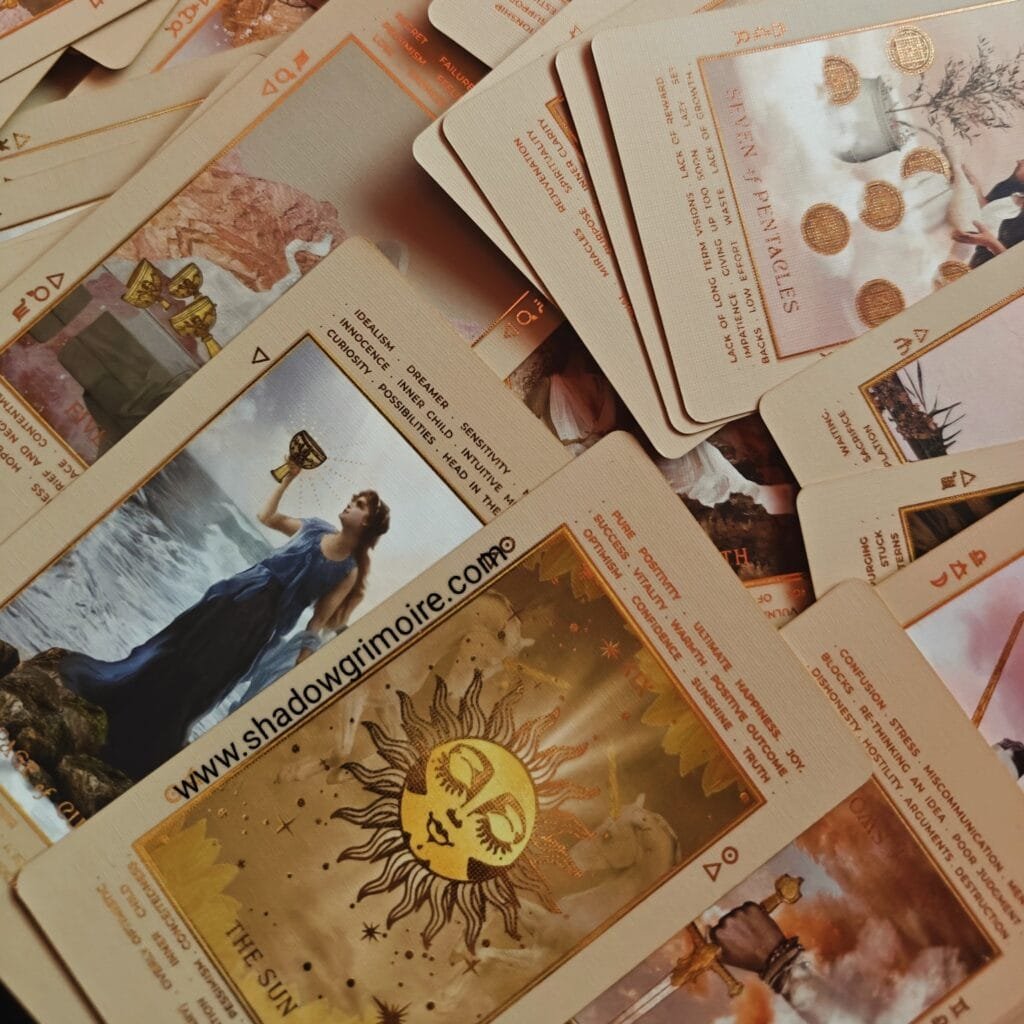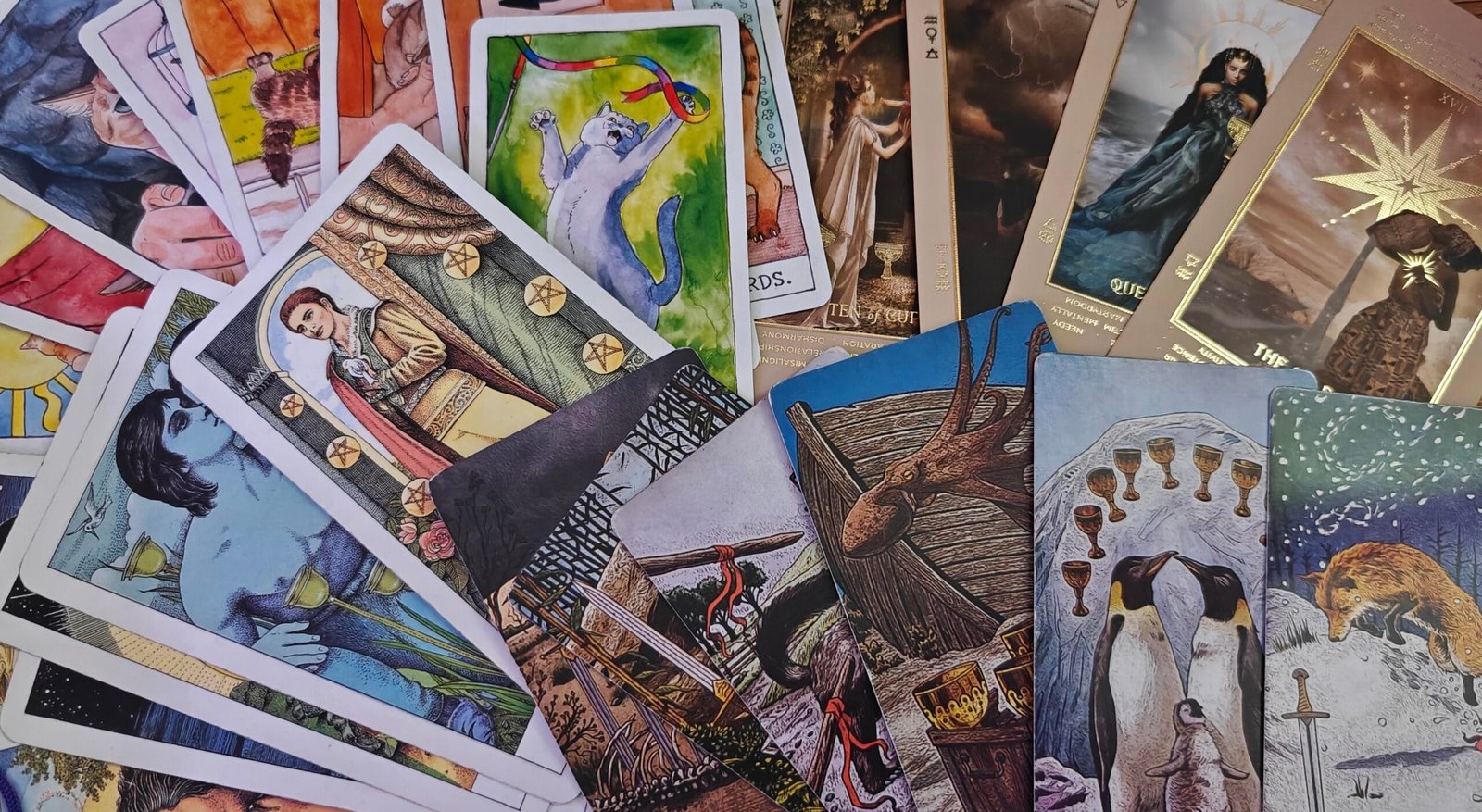Tarot Cards: History, Basics, and How to Start Reading
Tarot cards are one of the most popular tools for divination and self-reflection. They offer insights into life’s questions, helping readers tap into their intuition. But what exactly are tarot cards, where do they come from, and how can you start using them? In this guide, we’ll explore their history, structure, and practical tips to help you begin your tarot journey.
The History of Tarot Cards
The origins of tarot cards can be traced back to 15th-century Italy. At that time, they weren’t used for divination but as a card game called Tarocchi. These early decks were ornate, often commissioned by wealthy families.
It wasn’t until the 18th century that tarot cards took on their mystical reputation. European scholars began associating the cards with esoteric traditions like numerology and astrology. This shift turned tarot into a tool for self-discovery, fortune-telling, and spiritual exploration.
Today, tarot cards are widely used by people from all walks of life. Some use them for guidance, while others simply enjoy their artistic beauty and symbolism.
What Are Tarot Cards?
A standard tarot deck consists of 78 cards, divided into two main categories:
- The Major Arcana: These 22 cards represent significant life lessons and spiritual themes. Cards like The Fool, The Lovers, and Death highlight turning points and transformative experiences.
- The Minor Arcana: These 56 cards focus on day-to-day situations and emotions. They are divided into four suits, each representing an aspect of life:
- Cups: Associated with emotions, relationships, and intuition. Element: Water.
- Swords: Linked to thoughts, communication, and challenges. Element: Air.
- Wands: Representing creativity, passion, and action. Element: Fire.
- Pentacles: Focused on material matters, career, and stability. Element: Earth.
Each suit also ties into different areas of life. For example, Cups deal with love and emotional growth, while Pentacles often highlight finances or practical concerns. Together, these categories create a complete system for understanding life’s complexities.

My Favorite Deck: The Lucid Dreams Tarot
There are countless tarot decks available, but one of my personal favorites is the Lucid Dreams Beginner’s Tarot Deck. This deck is perfect for both beginners and experienced readers. Its standout feature is the inclusion of upright and reversed meanings printed directly on the cards. It also highlights elemental associations, zodiac signs, and planetary influences, making it easy to learn and interpret.
Whether you choose a classic deck like Rider-Waite-Smith or something more modern like Lucid Dreams, the key is to find a deck that resonates with you.
Practical Tips for Using Tarot Cards
Getting started with tarot cards can feel overwhelming, but it doesn’t have to be. Here are a few tips to help you build confidence and deepen your connection with your deck:
- Cleanse Your Deck: Many readers cleanse their cards to clear any lingering energy. Popular methods include using incense, placing the deck in moonlight, or storing it with crystals.
- Bond With Your Deck: Spend time shuffling, studying the artwork, and meditating with your cards. This helps build a personal connection.
- Set the Mood: Create a calm space for your readings. Light a candle, burn incense, or sit in a quiet area where you won’t be disturbed.
- Start Small: Begin with simple spreads like a single card pull or a three-card spread (past, present, future). These are easy to interpret and great for practice.
The most important thing is to trust your intuition. Over time, you’ll develop your own style and feel more confident with your readings.
Reversals: What Do Upside-Down Cards Mean?
Reversed cards appear upside-down during a reading, and not everyone uses them. For those who do, reversals often indicate a block, delay, or challenge.
- Reversed Cards: A reversed card may suggest the opposite of its upright meaning, a lack of energy, or even a hidden aspect of the situation. For example, The Lovers reversed could point to a troubled relationship, disharmony, or a missed connection. Similarly, The Sun reversed might reflect a temporary lack of clarity or hidden joy.
- To Use or Not to Use Reversals: Some readers avoid reversals entirely, preferring to focus on the upright meanings. Others find that reversals add depth and nuance to their readings.
Ultimately, whether or not you use reversals is a personal choice. Experiment and see what feels most natural for you.
How to Begin Your Tarot Journey
Starting with tarot cards is simpler than it seems. Here’s a step-by-step guide to help you get started:
- Find Your Deck: Choose a tarot deck that resonates with you. If you’re unsure, a beginner-friendly deck like Rider-Waite-Smith or Lucid Dreams is a great option.
- Create a Quiet Space: Set up a calm environment for your readings. Light a candle, play soft music, or sit somewhere peaceful.
- Set an Intention: Before shuffling, focus on a question or topic you’d like insight into. This helps guide the energy of the reading.
- Draw Your Cards: Shuffle the deck and pull one or more cards, depending on your spread. Start with a single card for simplicity.
- Reflect on the Cards: Take your time interpreting the cards. Pay attention to their imagery, symbols, and how they make you feel.
The key to tarot is patience and practice. Don’t worry about memorizing every card’s meaning right away. Trust your instincts and let your intuition guide you.
Tarot cards are more than just a tool, they’re a way to connect with your inner self and explore life’s mysteries. Whether you’re seeking guidance, clarity, or inspiration, tarot can open new doors and deepen your understanding of the world around you.
So pick up a deck, take a deep breath, and see where the cards lead you.

